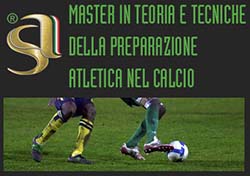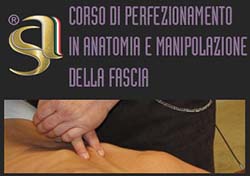Tempo effettivo di gioco/palla non in gioco - Stagione 2020/2021: cosa succede davvero in una partita di calcio
Sport and Anatomy Fascicolo 2, 2020, pagine: 49-55
DOI | @ Pisa University Press 2023
Pubblicato: 15 December 2023
L’intero articolo è disponibile
Riassunto
La divisione tra tempo di palla in gioco e di palla non in gioco nasce dalla volontà di avvicinarsi al modello prestativo del giocatore, cercando di adattare il tempo di lavoro in allenamento a quanto accade in partita riprendendo un assunto di origine spagnola, “you play as you train”. Oggetto dello studio sono stati i 4 maggiori campionati di calcio europei (Serie A, Bundesliga, Liga e Premier League) di cui sono state esaminate rispettivamente 50 partite. Inoltre, per trovare ulteriori differenze significative, abbiamo preso in esame anche la più importante competizione calcistica europea, la Champions League (40 partite) per valutare se ci fosse una differenza sostanziale in partite in cui si giocano principalmente scontri diretti. Al termine abbiamo confrontato i campionati nazionali oggetto di studio e, successivamente, comparato i risultati ottenuti con la Champions League e il Manchester City. Questo studio vuole essere un punto di partenza e non un punto di arrivo; sarà di grande importanza determinare cosa fanno i giocatori quando la palla è in gioco e quando la palla non lo è per avvicinarsi sempre di più al modello prestativo del giocatore e a ciò che il gioco richiede.
Parole chiave
Percorso di valutazione
Peer reviewed. Certificazione della qualità





